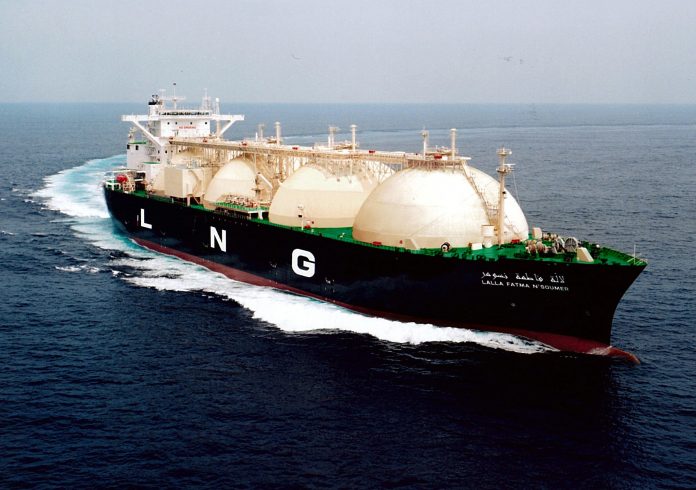Pakistan is reassessing its gas import strategy as a new study projects a decline in demand despite the country’s growing population and a looming liquefied natural gas (LNG) surplus expected to last beyond 2031. According to a Dawn report citing research by UK-based consultancy Wood Mackenzie, national gas demand is forecast to fall by 3% between 2025 and 2040, even as total supply — bolstered by existing LNG contracts — continues to rise into the early 2030s.
Backed by this forecast, an “all-of-government” approach is under review to slow progress on pipeline imports from Turkmenistan and Iran and to revise LNG supply schedules while advancing energy sector reforms to ensure sustainable growth.
The report estimates total gas supply peaking at 5 billion cubic feet per day (bcfd) by 2031, up from the current 3.8 bcfd. However, national demand is projected to fall by 3.8% by 2031 and another 2.5% over the following decade. The study attributes this decline mainly to a 12% drop in power sector demand, partly offset by 2.8% growth in industrial use and 4% growth in household consumption.
Wood Mackenzie recommended tackling circular debt and inefficiencies through structural reforms, including improved pricing, liberalization of the gas market, and better investment conditions for exploration and production.
The consultancy warned that Pakistan will require less LNG than previously anticipated and urged a review of import contracts to avoid financial strain. “The low demand and higher import commitments are already discouraging exploration activities, as imported gas costs are more than twice that of local production,” the report noted.
It added that the global LNG supply boom led by the US and Qatar will likely push prices down from 2026, but Pakistan’s limited participation in long-term contracts may restrict its benefits.
Currently, fossil fuels account for 88% of Pakistan’s total energy use, with gas and oil contributing 42% and 29%, respectively. By 2040, fossil fuels are projected to make up 84% of total consumption, with gas declining to 30% and oil rising to 34% due to transport demand.
Pakistan’s total primary energy demand is expected to grow from 88 million tonnes of oil equivalent (Mtoe) today to over 99 Mtoe by 2030. The study highlights the power sector as the main challenge, citing lower gas demand from plants and captive users, coupled with untapped domestic production potential.
The report also projects Pakistan’s economy to grow at a compound annual rate of 3.7% through 2040, driven by industrial growth averaging 4% per year. However, it warns that population expansion, resource shortages, and infrastructure gaps could hinder energy sector development unless reforms are accelerated.























